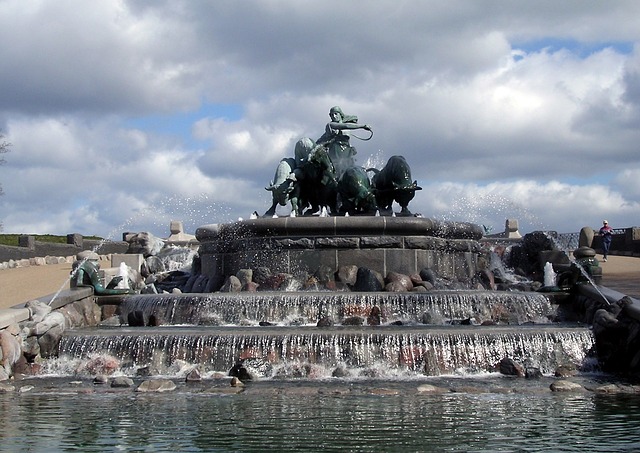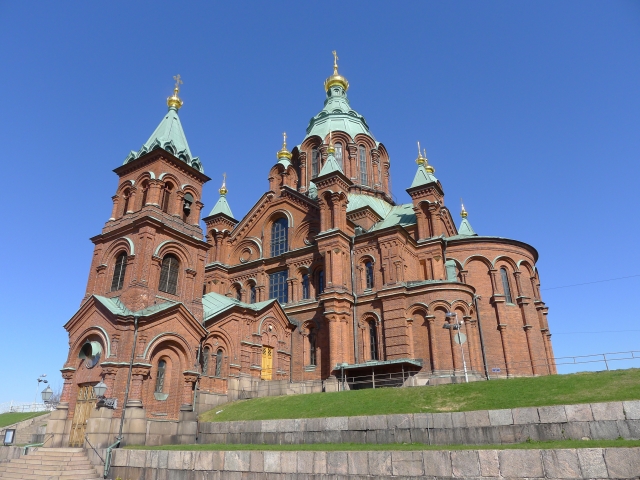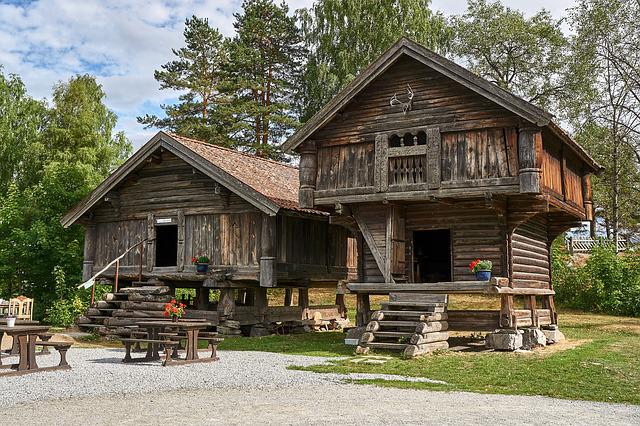Drottningholm Palace: A World Heritage Site Where the Swedish Royal Family Resides
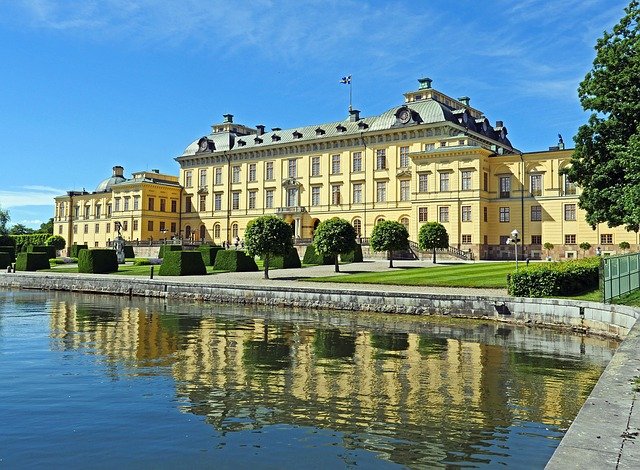
In Sweden, there is a building called the Drottningholm Palace. This palace has a storied history and is actually used as a private residence for the Swedish royal family.
In this article, I will explain the features and history of Sweden’s Drottningholm Palace.
What is Drottningholm Palace?
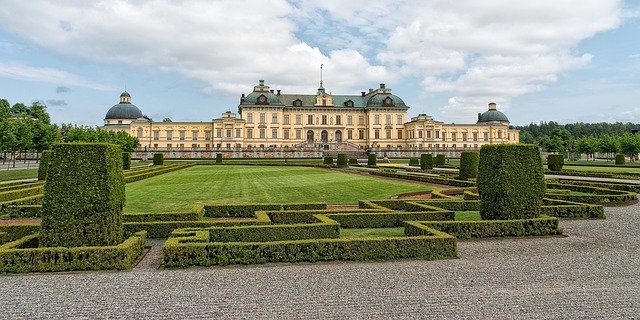
Drottningholm Palace is a historic private residence for the Swedish royal family, located on Lovön Island in Lake Mälaren, just outside the capital city of Stockholm. The palace was built in the 16th century by the Swedish King Johan III for his queen. In Swedish, “Drottningholm” means “Queen’s Island.” Since then, the palace has undergone numerous renovations by various Swedish queens, eventually taking its current form.
Today, it is also known as the residence of the Swedish royal family. In 1982, King Carl XVI Gustaf of Sweden moved his residence from Stockholm Palace to Drottningholm Palace.

Technically, Drottningholm Palace is the private residence of the royal family, while Stockholm Palace is used as the official residence. As an important historical building that preserves the history of the Swedish royal family, it was registered as a World Heritage Site in 1991 under the name “Royal Domain of Drottningholm.”
The registration includes the palace, the court theater, the gardens, and the Chinese Pavilion, excluding the royal family’s living quarters. Today, it is a popular tourist destination as one of Sweden’s World Heritage Sites, with public access to areas outside the royal family’s living quarters.
The beauty of the “Versailles of the North”
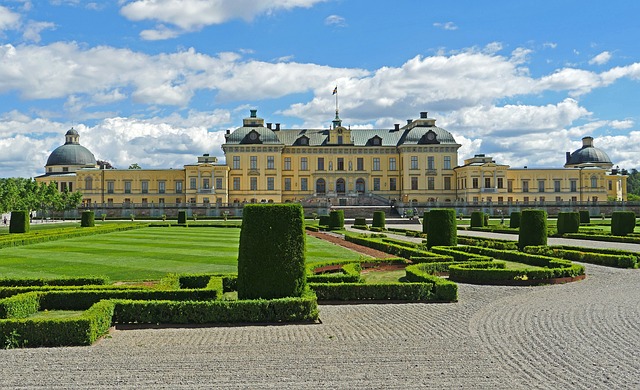
Drottningholm Palace is often referred to as the “Versailles of the North” due to its majestic and dignified beauty. This is because the palace’s decorations and architecture were heavily influenced by European culture and architectural styles, particularly those of France.
The famous French Versailles Palace was also used as a reference during its construction. The interior of the palace, open to the public, showcases elegant decorations from the 17th and 18th centuries.
A palace beloved by Swedish queens throughout history

The origins of the current Drottningholm Palace can be traced back to 1570 when the then-King of Sweden, Johan III, gifted a building to his queen, Katarina Jagellonica. In 1661, the palace was ravaged by fire, but the following year, plans for its reconstruction were initiated by Hedvig Eleonora, the queen of King Carl X and the mother of King Carl XI.
The palace was rebuilt by the father and son architects Nicodemus Tessin, incorporating the Baroque style and completed in 1686. The Tessins are also known as the architects of the current Stockholm Palace, the official residence of the Swedish royal family.
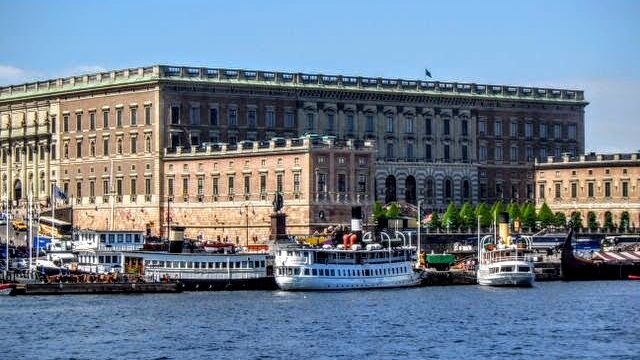
As time passed, the palace experienced another significant turning point during the era of Queen Lovisa Ulrika in the 18th century. In 1744, the wedding of Crown Prince Adolf Fredrik and Prussian Queen Lovisa Ulrika took place at Drottningholm Palace. At the time, King Fredrik I of Sweden gifted the palace to Queen Lovisa as a wedding present.
Queen Lovisa Ulrika was an enlightened thinker and a talented woman with a strong interest in arts and culture. As the palace’s new owner, she undertook extensive renovations, incorporating the delicate curves of the French Rococo style into the palace’s interior decorations. She also contributed greatly to the palace’s cultural development by expanding the theater, collecting artwork, and maintaining the gardens. The current Drottningholm Palace is believed to have been completed through Queen Lovisa’s efforts.
The elegant garden incorporating three styles
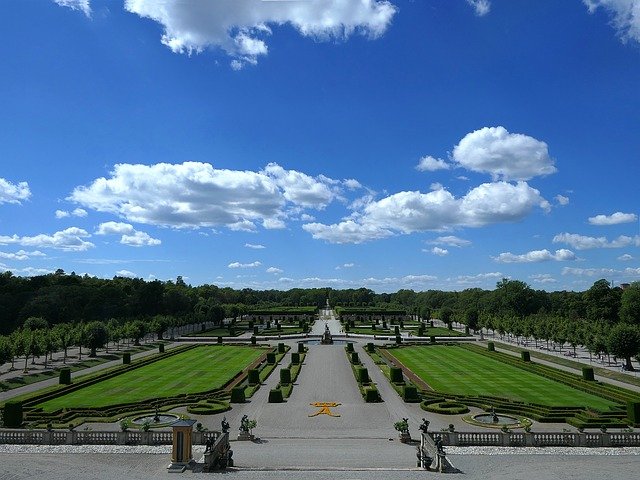
Drottningholm Palace is not only a beautiful palace, but also boasts numerous attractions within its grounds. First and foremost is the garden, which creates a magnificent outdoor landscape. The garden covers an area of about 90 hectares, and when the palace and surrounding forests are included, the entire site spans a massive 127 hectares. The tree-lined avenue leading to the palace, along with carefully maintained trees and plantings, make the beautiful garden a must-see attraction, just like the palace itself.
To the north of the garden, there is an English garden designed by Frederick Magnus Piper in 1780. One notable feature of the garden is the combination of three different styles within a single area: French Baroque, Rococo, and English. This garden, composed of styles and periods that differ from one another, reflects the historical evolution of Drottningholm Palace, which has incorporated various cultures and arts from different countries throughout its development.
18th-century court theater with original equipment
Queen Lovisa had a keen interest in the arts and in 1754, she commissioned the construction of the Drottningholm Court Theatre within the palace grounds. In 1762, a fire broke out during a performance, partially destroying the theater. It was rebuilt in 1766, incorporating the bright Gustavian style characterized by white and blue decorations. Unfortunately, another tragedy struck when Queen Lovisa’s son, King Gustav III, was assassinated on March 16, 1792, during a masquerade ball at the Stockholm Opera House. As a result, the court theater was closed for over a century, until 1922.
The Court Theatre reopened in 1992, recovering from the tragedy of Gustav III’s assassination. Today, operas and plays are performed during the summer season, using the original 18th-century decorations and stage equipment.
The exotic Chinese Pavilion
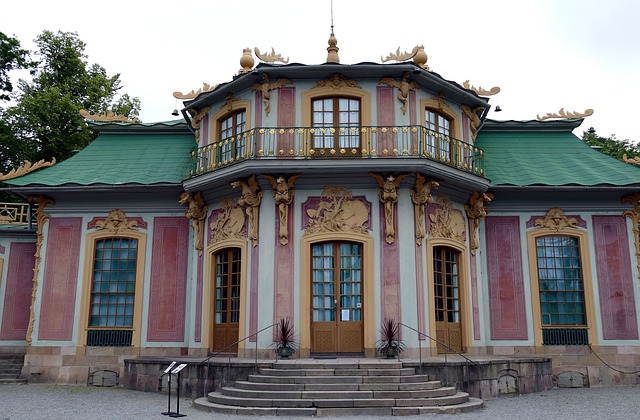
The Chinese Pavilion was a birthday gift from King Adolf Frederick to Queen Lovisa Ulrika in 1753. The building features a mix of French Rococo and Asian-inspired Chinoiserie styles. Visitors can tour the interior, where Chinese ceramics and lacquerware are on display.
In 1753, when the Chinese Pavilion was built, the Swedish East India Company, the world’s first joint-stock company, was established. This led to the importation of Chinese culture to Sweden, sparking a trend. Queen Lovisa, well-versed in arts and culture, was delighted with the gift of the Chinese Pavilion, which incorporated the popular Chinoiserie decorations of the time.
Conclusion
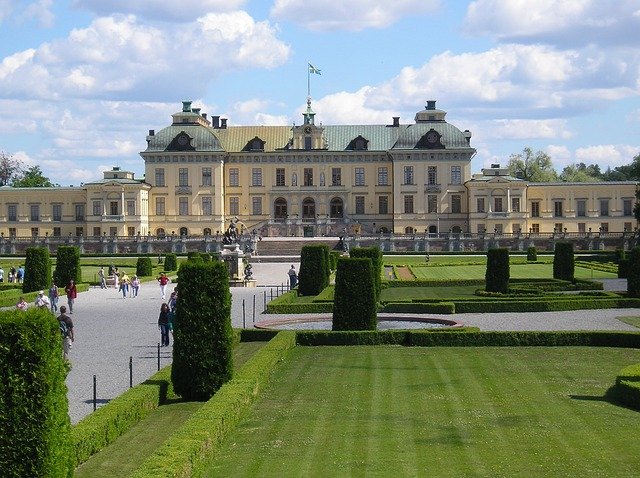
From the palace often described as the Versailles of the North, to the magnificent gardens, the historic Court Theatre, and the Chinese Pavilion, the Drottningholm Palace has earned its status as a World Heritage site.
The exquisite decorations that have left countless Swedish queens breathless throughout history remain intact today, making the palace one of Sweden’s most notable historical landmarks.

